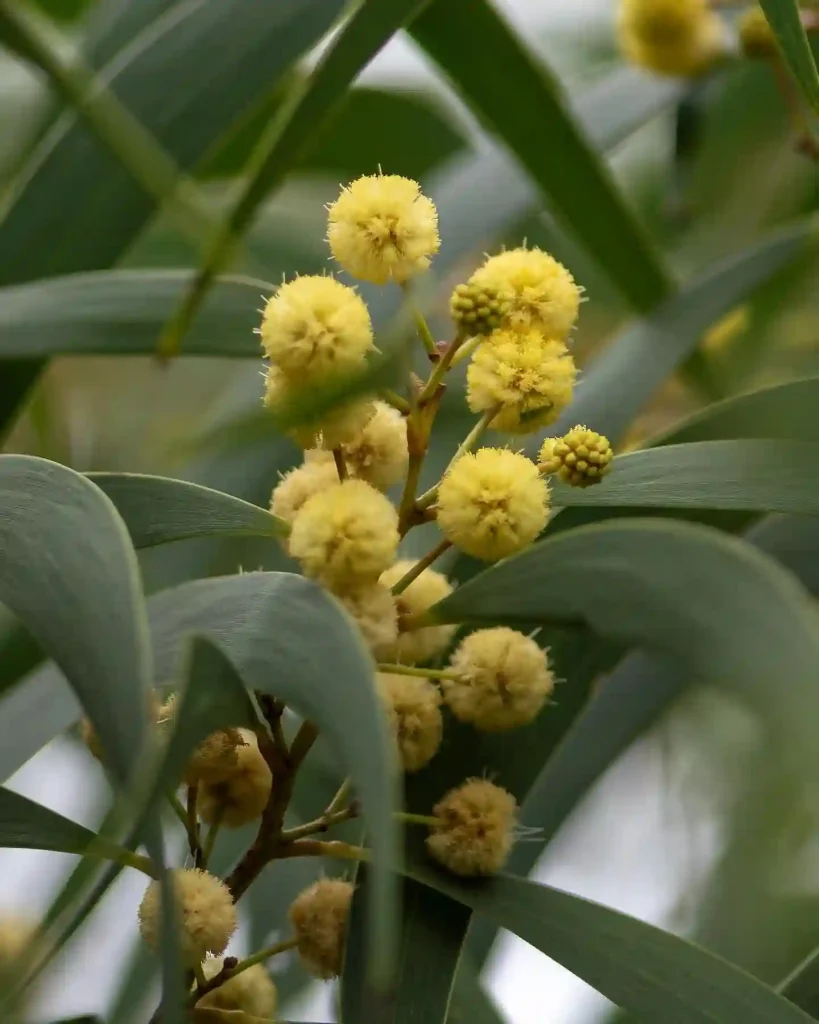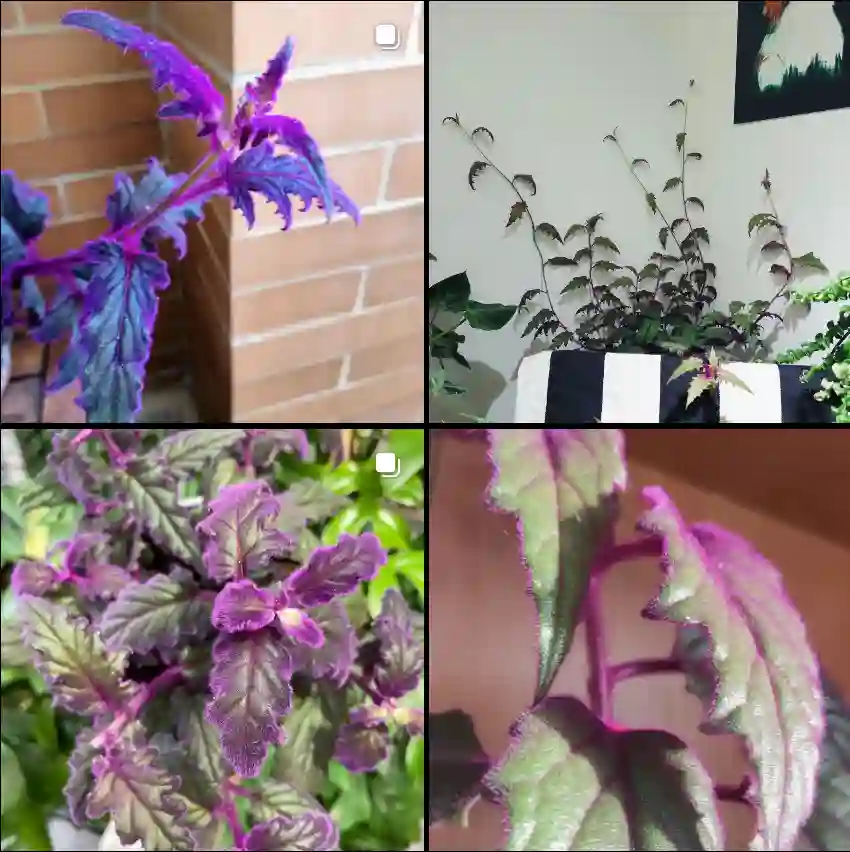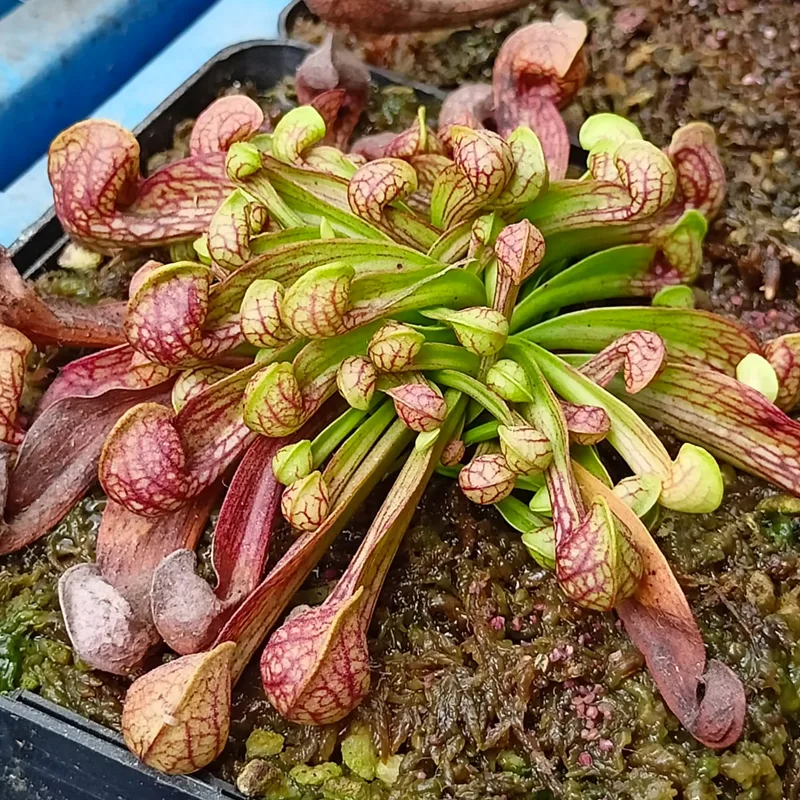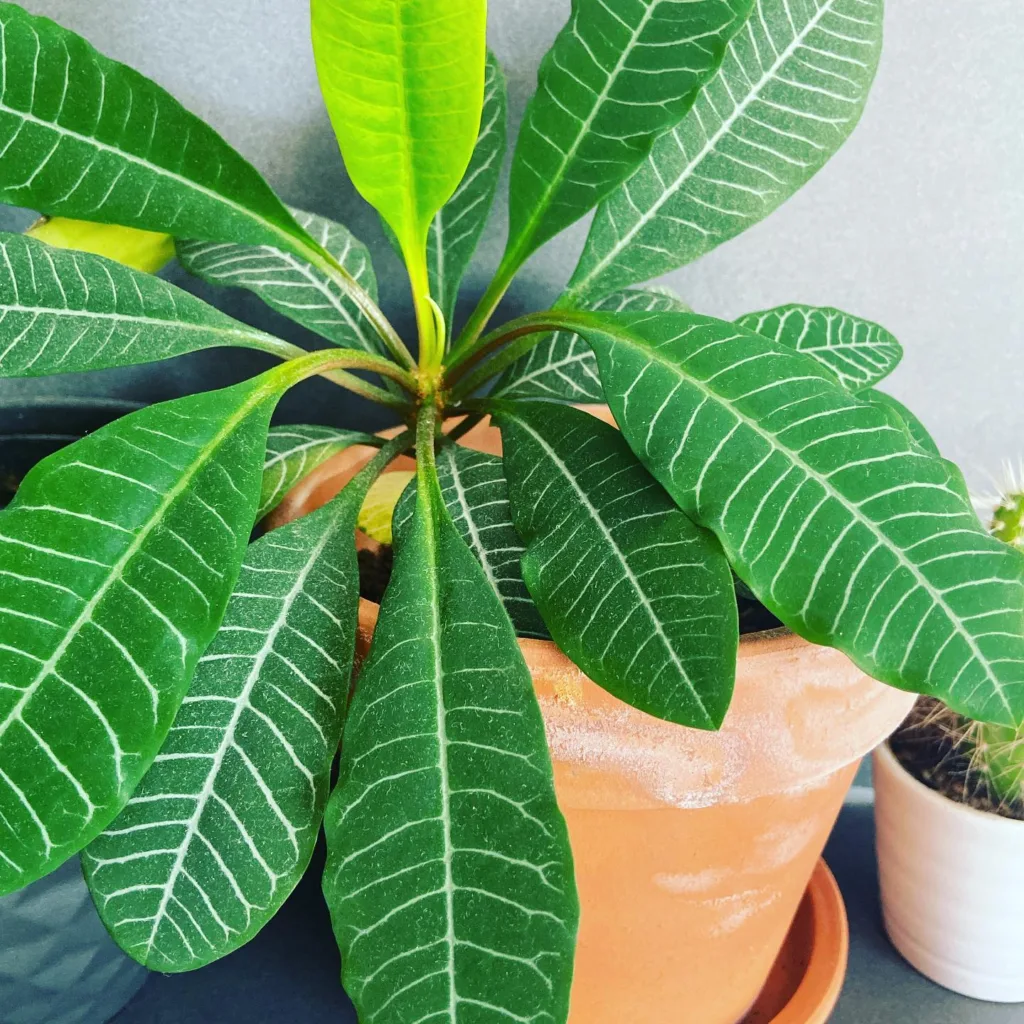Discovering the Campynemataceae Family
In my journey through the plant world, I often come across rare and fascinating plant families, and the Campynemataceae family stands out for its uniqueness. With only two genera—Campynema and Campynemanthe—this plant family, which is native to the southern hemisphere, primarily New Caledonia and Tasmania, holds a special allure for those of us who are captivated by botanical oddities.
The Campynemataceae family is often overlooked, but once I started diving deeper into it, I found there is much to appreciate. Let me take you through what I’ve learned about this intriguing family and why it deserves a place in the spotlight of plant enthusiasts like myself.
Understanding the Campynemataceae Family
At first glance, Campynemataceae might seem simple due to its limited genera. However, it’s their rarity and their place in the plant taxonomy that caught my attention. The family is part of the order Liliales, and while most people associate Liliales with more familiar members like lilies, the Campynemataceae family is a world apart in its own right.
The Significance of Liliales
To give context, the order Liliales includes plants that are predominantly monocots, which means their seeds typically contain a single embryonic leaf or cotyledon. The Campynemataceae family, with its distinct genera, showcases an evolutionary path that is separate from many of its cousins in the Liliales order. The fact that this family survives in the wild and remains relatively unstudied makes it an exciting area of exploration for botanists.
Campynema: The Tasmanian Delight
The first genus I explored in the Campynemataceae family is Campynema. Native to Tasmania, Campynema is a small genus, but it carries botanical significance in its structure and evolutionary position. What drew me in is its delicate, almost lily-like flowers. However, unlike typical lilies, Campynema has a more rugged charm suited to its natural Tasmanian environment.
Characteristics of Campynema
The Campynema lineare is one of the more notable species, known for its slender leaves and yellow flowers. The flowers are small and understated, but up close, the intricacies of their structure are mesmerizing. One thing I found fascinating is that it’s primarily pollinated by insects, and its ecological role in Tasmania is still something that researchers are unraveling.
While exploring Campynema, I realized its adaptability to harsh climates speaks volumes about its evolutionary history. Tasmania’s unique climate—ranging from cold winters to mild summers—makes Campynema a testament to survival in challenging environments.
Campynemanthe: The New Caledonian Gem
Next, I delved into the genus Campynemanthe, native to New Caledonia. Compared to Campynema, this genus feels more tropical, which isn’t surprising considering New Caledonia’s warmer climate. The Campynemanthe neocaledonica species has caught the eye of botanists, not only for its attractive blooms but also because it provides a glimpse into the evolutionary divergence within the Liliales order.
Characteristics of Campynemanthe
What sets Campynemanthe apart from Campynema is the structure of its flowers. The plant has vibrant, larger flowers that make it stand out in its habitat. The contrast between these two genera, despite being part of the same family, highlights the diversity within Campynemataceae. I was particularly intrigued by its floral structure, which seems more closely related to other monocots but still retains its distinct features.
The fact that Campynemanthe grows in such a specific region—New Caledonia—adds to its intrigue. Its restricted geographical range makes it a rare find, and I can’t help but think about the conservation efforts needed to preserve these plants, especially as climate change and habitat loss threaten biodiversity.
Why Campynemataceae Matters
In my exploration, the Campynemataceae family has become more than just a curiosity. It represents a slice of plant evolution that remains relatively understudied. Given how limited its distribution is—Tasmania for Campynema and New Caledonia for Campynemanthe—this family is a perfect example of the need to protect biodiversity in all its forms.
Botanical research into this family may yield insights into how plants adapt to niche environments, something increasingly relevant in today’s changing world. As a plant enthusiast, I’m always thinking about how plants like these, tucked away in far-flung corners of the world, could hold answers to ecological questions we haven’t even thought to ask yet.
Future of Research and Conservation
I believe the future of Campynemataceae depends heavily on research and conservation. The remote habitats of these plants mean that they are vulnerable to environmental changes. With increasing focus on climate change and habitat destruction, the preservation of species like Campynema and Campynemanthe is crucial.
There’s still so much that we don’t know about the evolutionary journey of these genera, and I hope that as more botanists turn their attention to these hidden gems, we’ll uncover even more about how they’ve survived for so long in such isolated environments.
Final Thoughts
The Campynemataceae family, with its two genera, Campynema and Campynemanthe, offers a glimpse into the diversity and resilience of plant life. These genera, tucked away in Tasmania and New Caledonia, are rare and intriguing, and their survival in these remote regions speaks to the adaptability and resilience of nature.
Exploring these plants has deepened my appreciation for the often-overlooked parts of the botanical world. The more I learn about them, the more I’m reminded that plant diversity is something we must continue to cherish and protect. In the end, it’s these rare, almost hidden plants that add richness to the world of botany and remind us of the wonders that are still waiting to be discovered.
If i die, water my plants!



